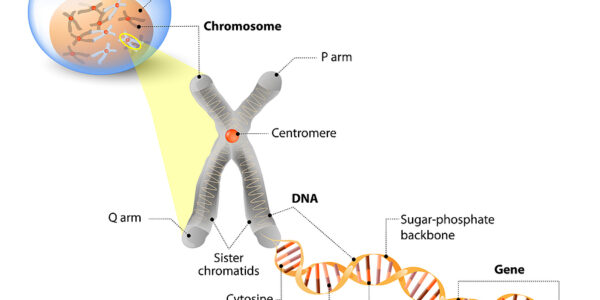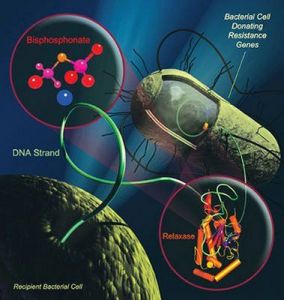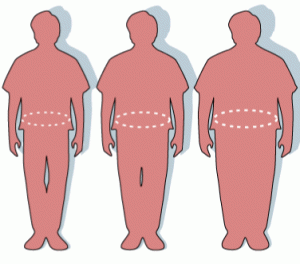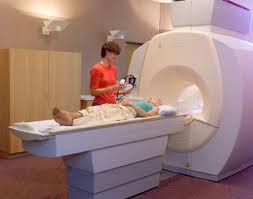Skipping breakfast seems to be nothing unusual for many individuals. Busy lives and hectic schedules contribute to a rush in the early morning. It has been emphasized by several articles, that breakfast is indeed important for a healthy jumpstart of the day. A German study which has been published in the May 14 edition of the Archives of Internal Medicine points out more clearly why breakfast may well be the most important meal of the day.
More than 25,000 adults were enrolled in a study, which found that the intake of fiber can be an effective nutritional tool to reduce the risk of developing type 2 diabetes. The connection between type 2 diabetes and the intake of cereal, fruit, vegetable and associated fiber intake, also the intake of soluble and insoluble fiber and magnesium were closely examined. During the seven year period of follow-up 844 cases of diabetes 2 were identified.
The study found that the consumption of 29 grams per day of soluble fiber was associated with a significantly lower risk of 21% less diabetes. Soluble fiber, including pectin is mostly found in fruit, vegetables and legumes. Roughage alone such as wheat bran, whole grains and brown rice was not associated with a lower diabetes risk.
Once the source of fiber was broken down according to origin (fruit, vegetable or cereal), the study found that the participants who consumed the highest part of cereal fiber had a 28% lower risk of diabetes compared to those who had the lowest amount of cereal fiber intake. High magnesium intake was associated with a 23% lower risk.
It has to be stressed that not every breakfast cereal qualifies as a source of high cereal fiber. Consumers must become educated and be aware of the fiber content in food servings to ensure that they are getting the necessary amount to reap the benefits.
More information on:
1. fiber in diet (also helps with metabolic syndrome): http://nethealthbook.com/hormones/metabolic-syndrome/
2. diabetes (type 2): http://nethealthbook.com/hormones/diabetes/type-2-diabetes/
Reference: May 14, 2007 Edition of the Archives of Internal Medicine
Last edited November 3, 2014





















